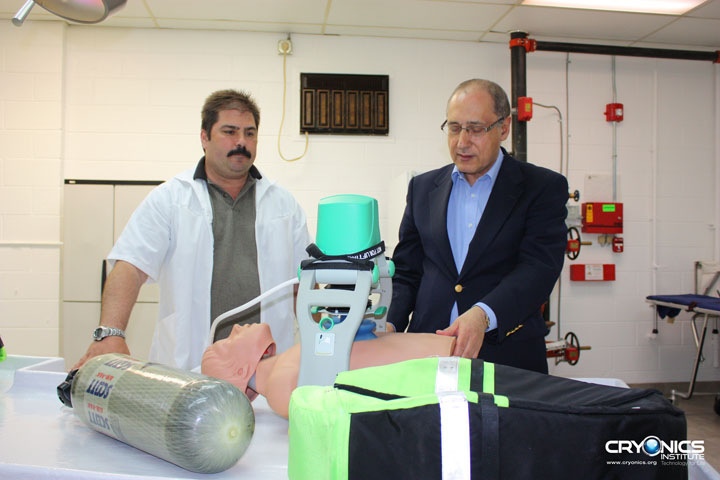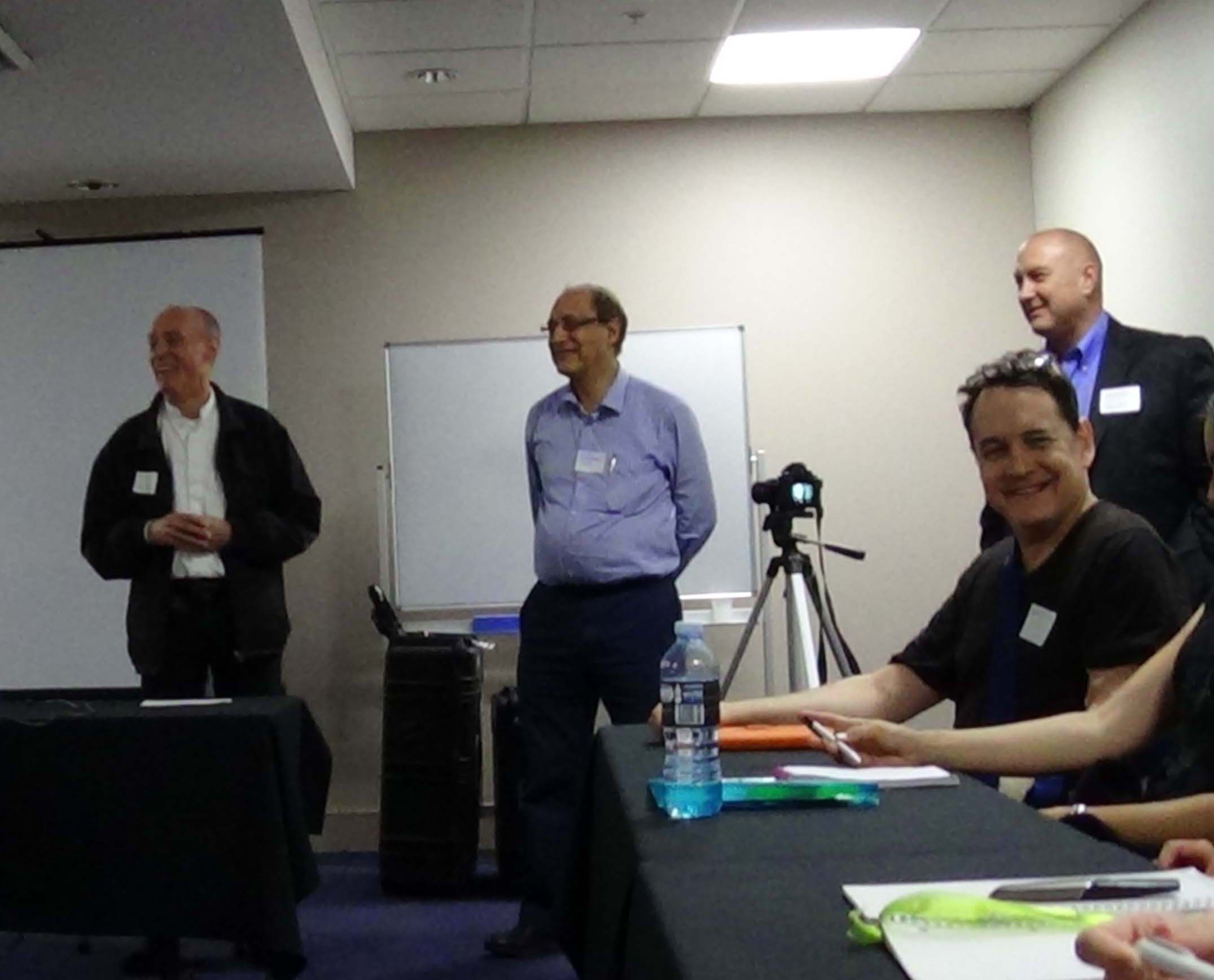I see a lot written about this. I am going to provide my understanding. I have visited both Alcor and CI and discussed this topic frequently within cryonics circles. Also, in doing all the preparations for CSA I have looked at legal, hospital arrangements and other implications.
There are basically two broad situations (and a lot in between) that may occur when you need a suspension.
The easier one first.
You are in a hospital (or other medical facility) and your time is near, but it is not critically near. I am going to be blunt and say you have more than just a couple of days to live, but you may not have more than say a couple of weeks. At this point you need someone to contact a central coordinator for your standby and transportation. If it is volunteer help such as Cryonics Association of Australia (CAA), contact them. If you have a contract with Alcor or CSA, contact their coordinator.
I did say this is the easier one, but even this has some obvious complications. The biggest issue is that you recover. I think that would be wonderful, but some costs have been incurred and have to be covered. The coordinator will need to make a judgement call to keep costs to the essentials. But if costs have been incurred you will need to pay for them. Talk to CSA to find out more about all this.
I am assuming you have pre-planned all these arrangements. If you have not, and now are critically ill in a hospital trying to do it (or someone is doing it on your behalf) at the last minute it will probably mean that things will be delayed. It is also very likely you will not have the funds to get it done. All this should be pre-planned as part of your future suspension. Talk to CSA about pre-planning it. We can arrange it with a volunteer organization, Alcor or CSA. It will be your choice.
The more difficult one is where it is an emergency. This assumes you are not at a medical facility. For example, say you have a heart attack at home.
!!! FIRST THING IS TO CALL THE EMERGENCY SERVICE (000) !!!
Here is what Dennis Kowalski, president of CI, has to say about this.
That is by far the most important first step.
Then you, or someone who knows your cryonics requirements, should notify your cryonics coordinator. Again this could be volunteer help through CAA, or more professional assistance through Alcor or CSA. It depends on who you have arrangements with. Depending on their capabilities the coordinators will set things in motion consistent with your requirements.
I have heard some advise that if you die at home you should be put in an ice bath. Here are some problems with that. Who has declared you dead? Is it a proper legal death? If someone puts you in an ice bath before you are declared legally dead there may be implications that the ice bath killed you. Some suspicion creates legal issues, which delay things and perhaps even means an autopsy is required. You need to avoid anything like that.
Best thing you can do if something happens at home is for the emergency service (000) to be called as quickly as possible. If the situation is critical and someone can apply compressions to the heart, they should do so. The emergency 000 people will give advice on what should be done. Their advice should be followed. Artificial respiration and heart compressions are usually a recommended course of action to provide a better chance of eventual recovery. Additionally, if you are mortally ill, heart compressions are a good preparation for a suspension. For both a recovery from your illness or for cryonics suspension the main aim is to get blood flowing to the brain for as long as possible.
I want to stress again that the most important step is to get medical help through the emergency service. The strong likely chance is that you can be medically resuscitated and not need a suspension. In the worst case, where you do need a suspension (i.e. you do die), being in a hospital or medical facility means obtaining a death certificate can be facilitated with minimal risk of your death being considered unusual, possibly requiring further investigation and perhaps autopsy. Usually a hospital needs the bed quickly so they may want to release your remains as quickly as possible to a qualified professional (e.g. funeral director). That is to your advantage as you may get a death certificate quickly. The cryonics professionals handling your case can get you out as quickly as possible to a suitable location to begin the various processes necessary for your transportation and eventual suspension.
In summary the most important action is NOTIFICATION. First the emergency services (dial 000) and then your standby/cryonics coordinator.
Regards, Peter





